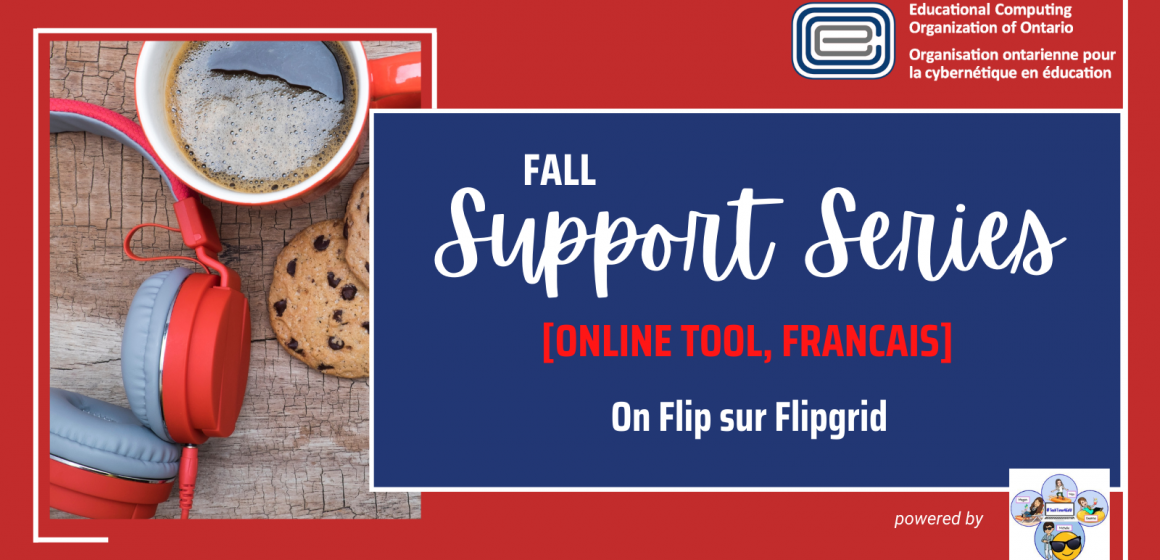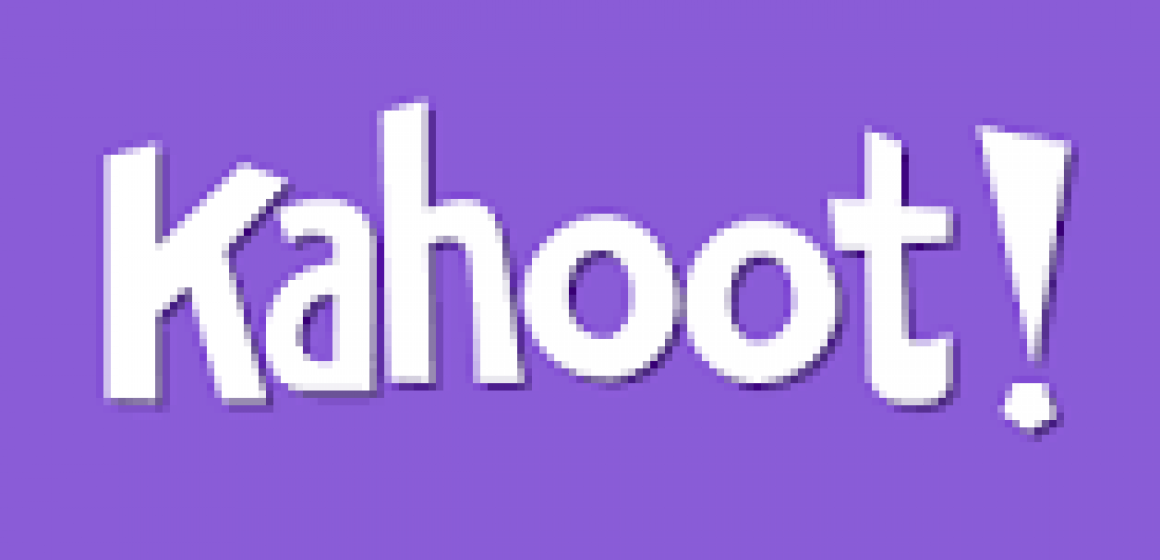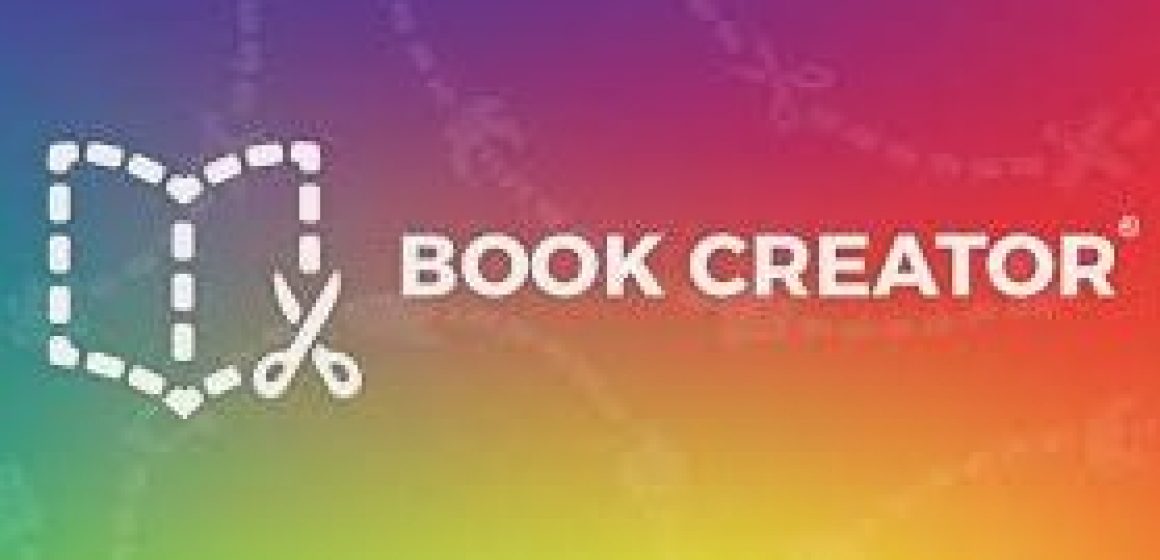I try not to repeat “old” projects that I’ve already worked on with students in previous years. I think it’s healthy to try new assignments and not be content to go with just “tried and true”. It keeps things fresh. Sometimes, however, it’s worth returning to a task if you can improve on it. I think we have.
Way back in 2012, my four primary division classes that I saw for media literacy instruction created movies that we published to YouTube about the definition of media. It was an ambitious project but was popular and quite successful. This year, I’ve tried to improve my focus on incorporating equity. My six primary division classes watched the videos that their schoolmates created four years prior, which was a neat experience because those 2012 students are now in the junior-intermediate grades and the younger students could see what their older schoolmates were able to produce when those “big kids” were their age. We asked ourselves a powerful set of questions: Whose voices are not heard? We made those videos to help other students learn about media – who would have difficulty accessing that message? I was amazed by the insightful responses. They mentioned students without the Internet at home, students with disabilities, and students who speak different languages. The classes decided to make new videos from scratch and create them in multiple languages.
It wasn’t easy. This project took a LONG time to complete. We learned about the various jobs involved in movie production and most of our decision making for the project was collaborative, except for the times when the executive producer (that’s me) decided to exert her influence because of time constraints or project management issues. There were times when I worried about what the other teams would do while a certain group was active – because these are six- to nine-year-olds, it was challenging to provide other media-related tasks for them to complete independently while I helped the group that was involved with a certain stage of the project. Some groups needed a lot of coaching and support to complete their tasks.
It took three months of work, but I’m proud to announce that we made our self-imposed deadline and we have six new films to share with the world.
This movie, “Media in the Library”, was created by the students in Ms.Chiu’s Grade 1 class.
They used claymation and selected Tamil and Spanish as the languages they’d feature.
This movie, “The Super Media Movie”, was created by the students in Mrs. Morgan’s Grade 1-2 class.
They used Lego and selected French as the language they’d feature.
This movie, “Teaching Media (In Chinese)” was created by the students in Mrs. Voltsinis’ Grade 1-2 class.
They used Fisher Price toys and selected Mandarin as the language they’d feature.
This movie, “A Beary Good Lesson About Media”, was created by the students in Mrs. Commisso’s Grade 2-3 class.
They used puppets and selected Urdu as the language they’d feature.
This movie, “Media in the Mall”, was created by the students in Ms. Daley’s Grade 3 class.
They used live action actors with green screen and selected Mandarin as the language they’d feature.
This movie, “Going Crazy with Media and Minecraft”, was created by the students in Ms. Chan’s Grade 3-4 class. They used Minecraft and selected Greek as the language they’d feature.
I am so proud of the process and the product, for several reasons.
First of all, I appreciate the parental input and support we received. We voted on the languages we’d use in our films, with the caveat that someone in the class had to know how to speak it. We had parents translate, train and coach their children how to recite the definition of media we used in class in their home language. We could not have done it without our home language experts.
Secondly, I was pleased how the majority of students were able to understand the film making terminology by being immersed in the project instead of by providing vocabulary worksheets. Many of my ELL students were able to explain about “the person who says cut” and other roles.
Third, I like how we strove to use different tools for expressing ourselves. That included the technology tools for filming and editing. Some of the software we used included DoInk, Lego Movie Maker, Minecraft Stop-Motion Movie Creator, Sto-Mo, iMovie, and WeVideo. No one had whole-class lessons on how to use the tools. A mini-tutorial for a small group sufficed.
Fourth, students were excited and engaged about the work they were undertaking. No one groaned when it was media time. I’m sure they’ll be excited, like the crew was last year when we made book ending videos, to see how many views their videos receive on YouTube. We’re celebrating by having a film festival and popcorn party to view everyone’s project and play a new role – that of film critic!
If you get a chance, please watch their videos and leave a respectful comment. Even better – use their videos to teach your students about media, especially your English Language Learners. That’s why we made them, after all.








